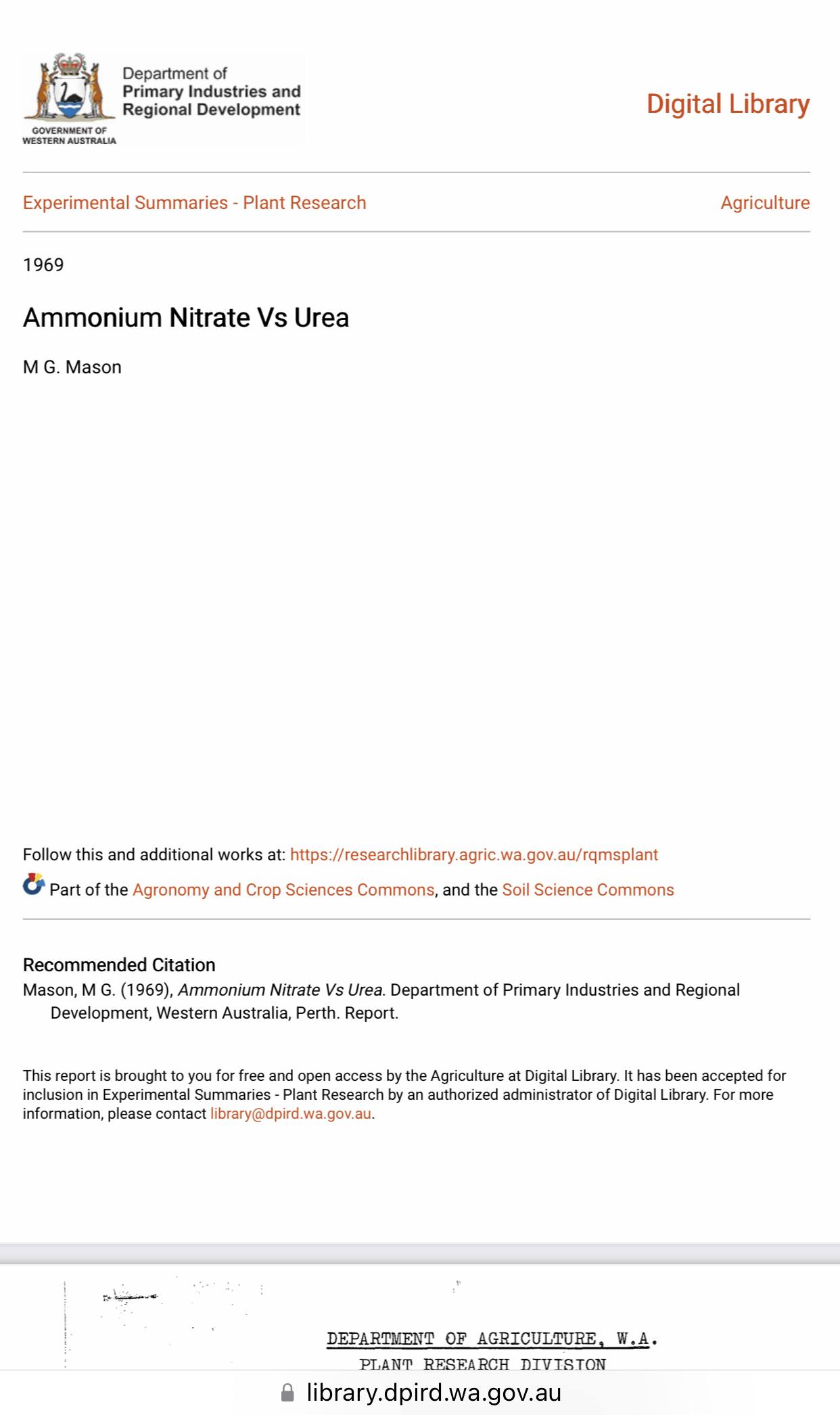We were told yrs ago NH3 makes the soil hard..
Most zero till guys here use dry..
Most zero till guys here use dry..

This website uses tracking tools, including cookies. We use these technologies for a variety of reasons, including to recognize new and past website users, to customize your experience, perform analytics and deliver personalized advertising on our sites, apps and newsletters and across the Internet based on your interests.
You agree to our and by clicking I agree.
Comment